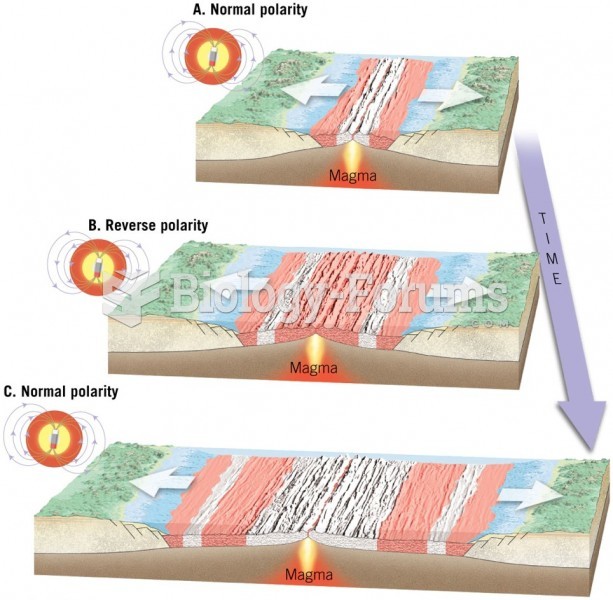|
|
|
Street names for barbiturates include reds, red devils, yellow jackets, blue heavens, Christmas trees, and rainbows. They are commonly referred to as downers.
There are more bacteria in your mouth than there are people in the world.
Approximately 25% of all reported medication errors result from some kind of name confusion.
Eating food that has been cooked with poppy seeds may cause you to fail a drug screening test, because the seeds contain enough opiate alkaloids to register as a positive.
Hippocrates noted that blood separates into four differently colored liquids when removed from the body and examined: a pure red liquid mixed with white liquid material with a yellow-colored froth at the top and a black substance that settles underneath; he named these the four humors (for blood, phlegm, yellow bile, and black bile).







![Logic1000 - oceanic ft. Vagabon [rebirth] (official video)](https://biology-forums.com/gallery/49/medium_6_10_11_24_10_23_56.jpg)